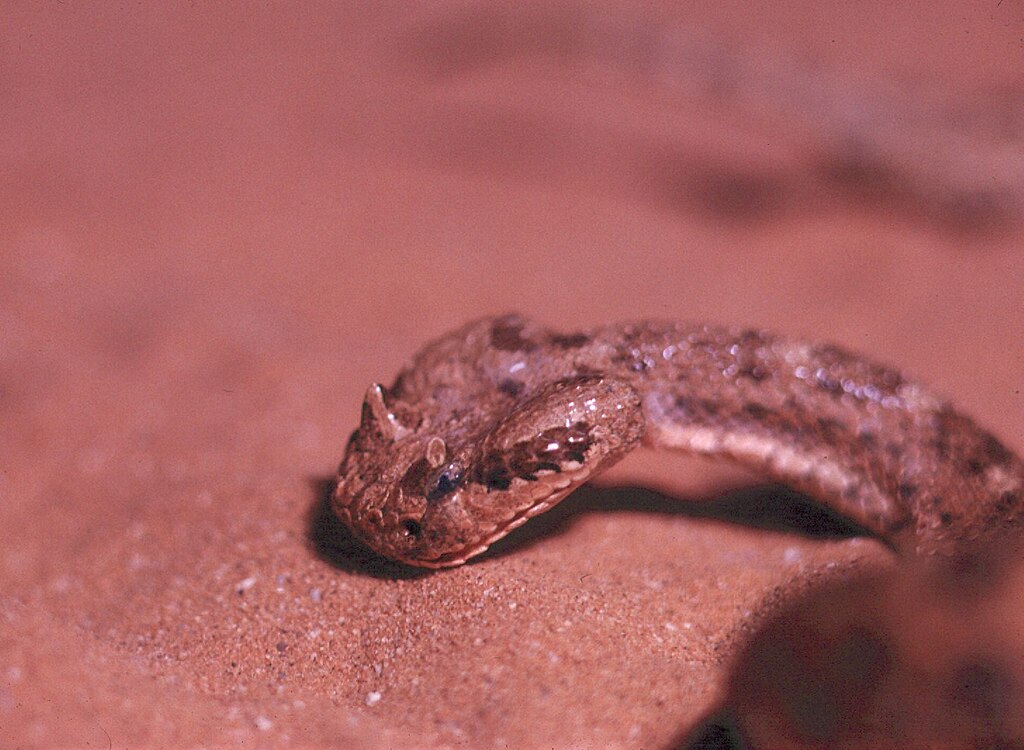Have you ever wandered into your garden only to be startled by a slithering visitor among your tomato plants or compost heap? While encountering a snake in your carefully tended garden might seem alarming, these reptiles aren’t there by accident. Compost piles and garden beds create ideal environments that naturally attract snakes for very specific reasons. Understanding why snakes gravitate toward these areas can help gardeners better appreciate these misunderstood creatures and make informed decisions about coexisting with them or encouraging them to move elsewhere. From food sources to shelter opportunities, your garden’s ecosystem offers snakes numerous benefits that make these spaces particularly appealing real estate in their search for survival.
The Perfect Hunting Grounds
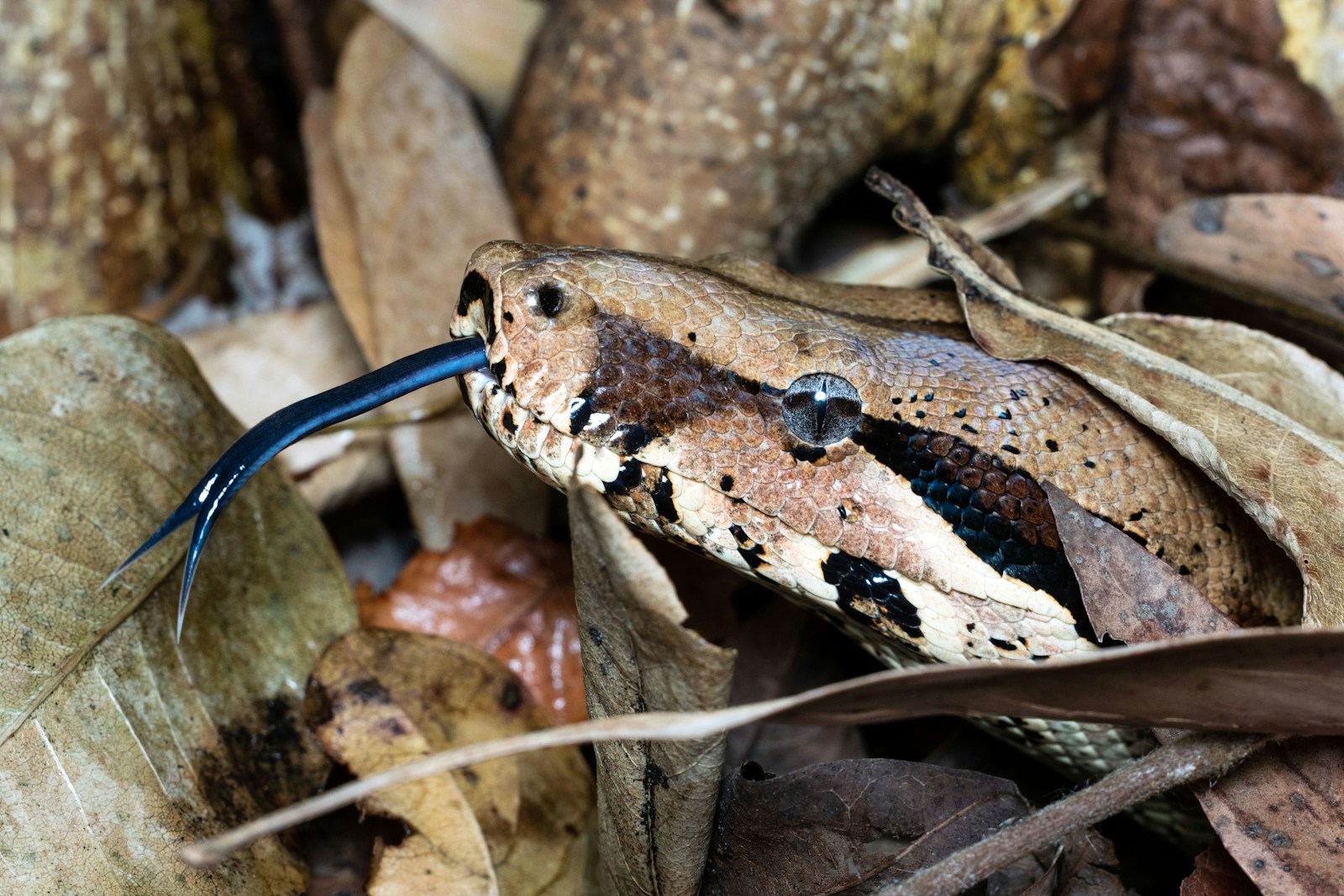
Compost piles and garden beds serve as natural buffets for snakes by attracting their preferred prey. Mice, voles, rats, and other small rodents are drawn to these areas by the abundance of seeds, vegetable scraps, and insect life, creating a concentrated food source for snakes. Garden ecosystems also support frogs, toads, lizards, and numerous insects—all potential meals for different snake species depending on their size and hunting preferences. This food web relationship explains why many gardeners report increased snake sightings after establishing compost systems or expanding their planting areas. For snakes, these garden features represent reliable hunting grounds where they can satisfy their predatory needs without expending excessive energy searching for food.
Temperature Regulation Benefits
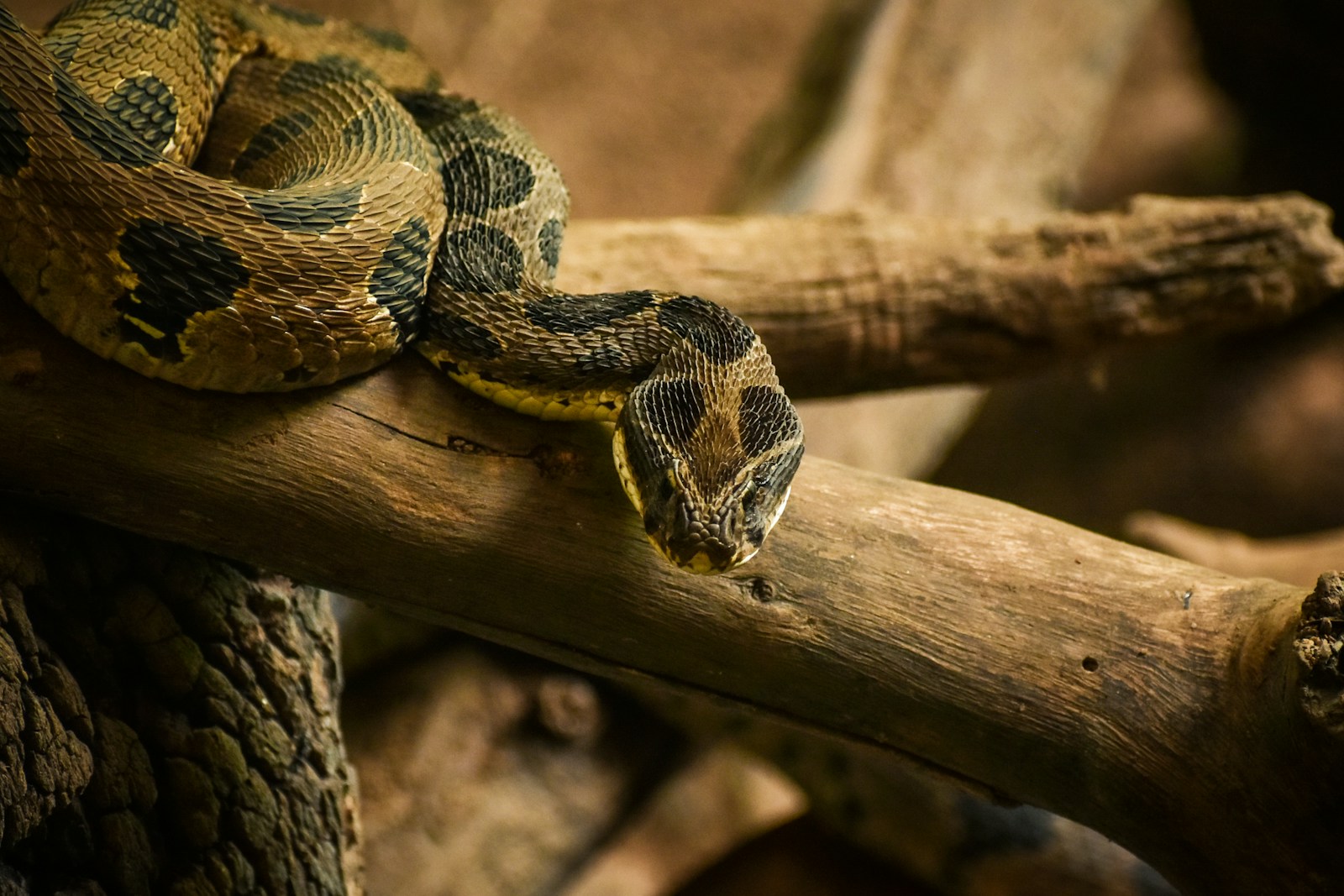
Snakes, being ectothermic (cold-blooded) creatures, rely on external heat sources to regulate their body temperature, making compost piles particularly attractive. Active compost piles generate significant heat through the decomposition process, sometimes reaching internal temperatures of 120-160°F (49-71°C). This natural heating creates perfect basking spots during cooler weather, allowing snakes to warm themselves without exposure to predators. Even in summer, the varying temperature zones within and around compost provide options for warming or cooling as needed. Garden beds, especially those with dark mulch or stones that absorb solar radiation, offer similar thermoregulation benefits that help snakes maintain optimal body temperature throughout changing weather conditions.
Moisture Management
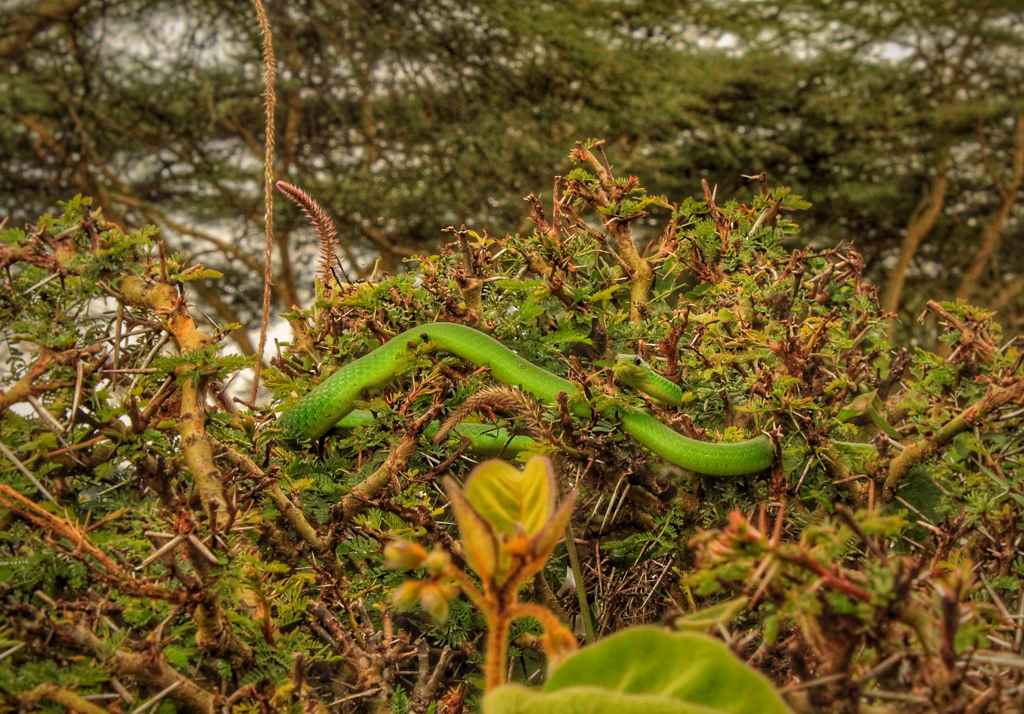
Proper hydration is crucial for snakes, and both compost piles and garden beds typically maintain higher moisture levels than surrounding areas. Compost piles, with their regular watering and high organic content, create humid microclimates that help prevent dehydration, particularly important during hot, dry periods. Garden irrigation systems provide reliable water sources, while mulched beds retain moisture that attracts not only snakes but also their amphibian prey. This moisture balance is especially critical for snakes during shedding periods when higher humidity facilitates easier skin removal. For many species, finding environments with consistent moisture availability represents a significant survival advantage in increasingly unpredictable climate conditions.
Perfect Shelter Opportunities
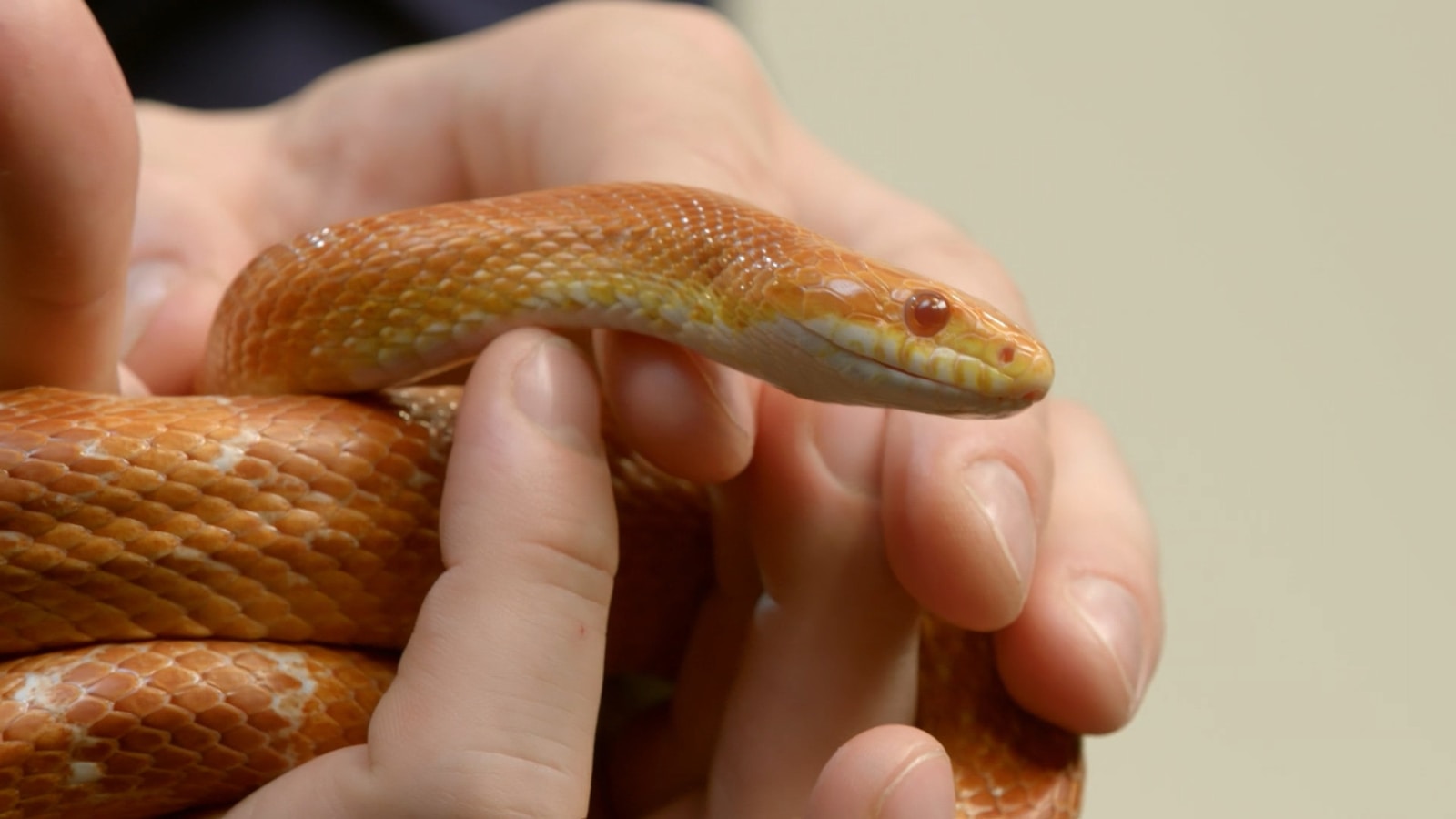
The physical structure of compost piles and garden beds offers excellent protection for snakes seeking safety from predators and harsh elements. Layered compost materials create numerous small cavities and tunnels where snakes can hide, rest, and even hunt without exposure. Similarly, garden beds with dense vegetation, mulch, raised borders, and decorative elements provide multiple concealment options that satisfy a snake’s instinctual need for security. These areas protect snakes from predatory birds, cats, and larger mammals that might otherwise target them in open spaces. The combination of cover, insulation, and easy entry/exit points makes garden features ideal refuges, especially compared to more exposed natural or suburban environments.
Rodent Population Concentrations

Gardens and compost areas often experience higher rodent concentrations than surrounding areas, creating an irresistible draw for many snake species. The decomposing organic material in compost attracts mice and rats seeking both food and nesting materials, while garden beds provide seeds, fruits, and vegetables that rodents eagerly consume. This concentration of prey animals significantly increases hunting efficiency for snakes, who may otherwise need to travel considerable distances to find adequate food. Some snake species are specifically adapted to hunt rodents, possessing specialized sensory abilities like heat detection that make them extraordinarily effective predators in these environments. By following rodent populations, snakes naturally gravitate toward the garden spaces that support their primary food source.
Nesting and Reproductive Advantages
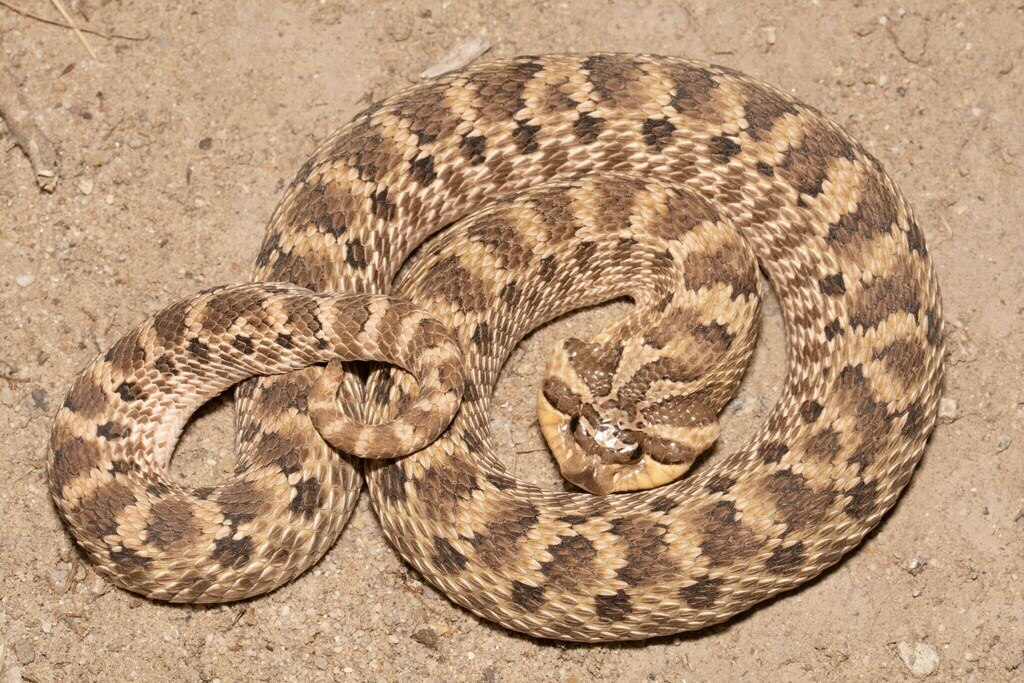
For breeding snakes, garden environments offer exceptional nesting conditions that support successful reproduction. The loose, warm soil of garden beds provides ideal egg-laying sites where developing young receive both protection and appropriate incubation temperatures. Compost piles, with their self-heating properties, can serve as natural incubators that maintain optimal developmental conditions without maternal attention. These protected hatching sites significantly improve offspring survival rates compared to more exposed natural locations. Additionally, the abundant food sources in gardens mean that juvenile snakes emerging from eggs have immediate access to appropriately-sized prey like insects, small frogs, and baby mice, crucial for their early growth and development.
Seasonal Considerations
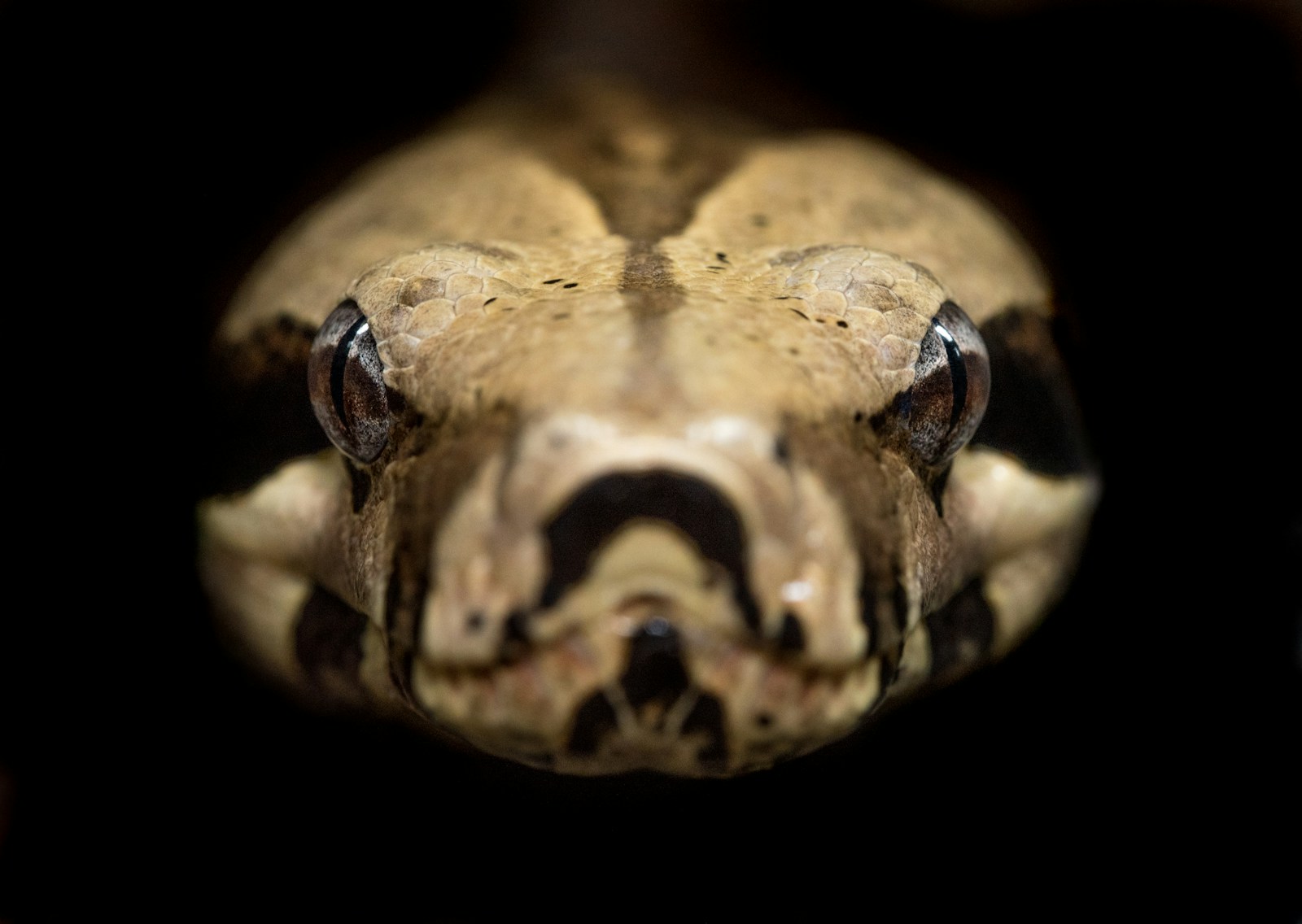
Snake activity in garden spaces follows distinct seasonal patterns influenced by temperature fluctuations and life cycle needs. During spring emergence from brumation (reptile hibernation), compost piles offer essential warming sites that help snakes reactivate their metabolism after winter dormancy. Summer heat may drive snakes to seek the cooler, damper conditions beneath dense garden vegetation or the insulated environment of a compost heap. Fall brings increased feeding activity as snakes prepare for winter, making gardens with late-harvest fruits and vegetables (and their associated rodent visitors) particularly attractive. In colder regions, well-established compost piles may even serve as brumation sites, providing insulation that prevents freezing during winter months while snakes enter their dormant state.
Species-Specific Attractions
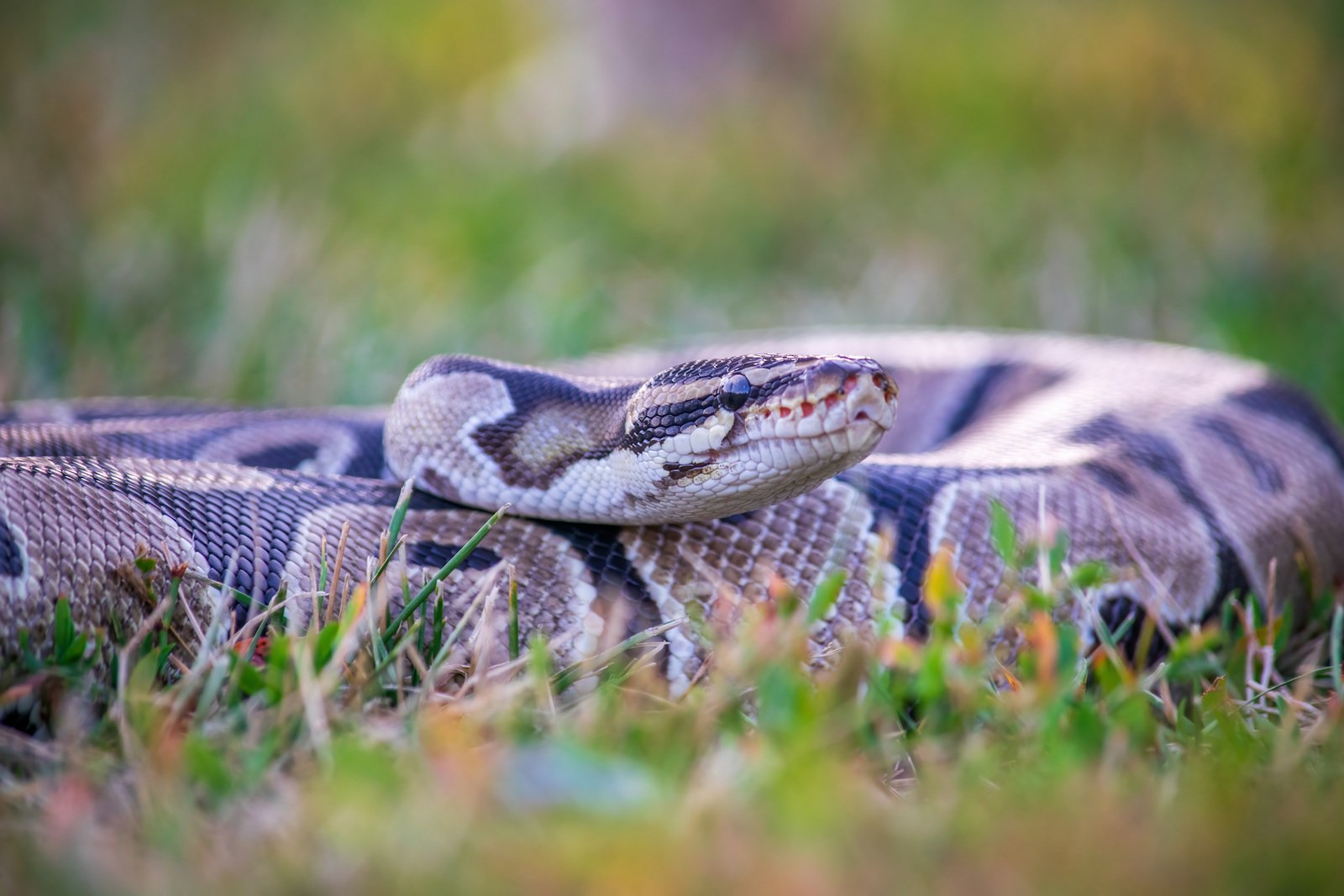
Different snake species demonstrate varying levels of attraction to garden environments based on their ecological needs and preferences. Garter snakes, among the most common garden visitors, appreciate the combination of moisture, insects, and amphibian prey found in well-maintained garden beds. Rat snakes and king snakes gravitate toward areas with established rodent populations, making them frequent visitors to compost bins and storage areas. Smaller species like ring-necked snakes specifically target earthworms, slugs, and soil-dwelling insects that abound in organic garden soil. Even some venomous species like copperheads may visit gardens, though typically attracted by the rodents rather than the vegetation itself, highlighting how garden ecosystems support diverse snake populations based on their specialized dietary and habitat requirements.
The Benefits of Garden Snakes
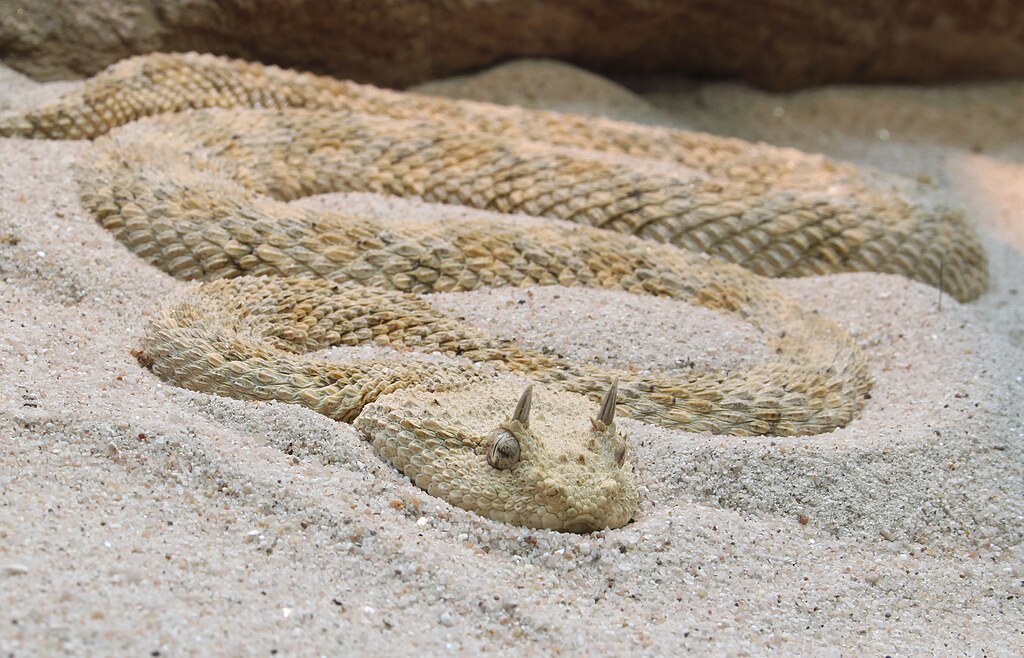
Before attempting to exclude snakes from garden spaces, it’s worth considering their substantial ecological benefits to gardeners. Most garden-visiting snakes provide exceptional pest control, consuming destructive rodents that damage crops, spread disease, and reproduce rapidly without natural predators. A single rat snake can eliminate dozens of mice from a garden area annually, often preventing population explosions before gardeners even notice the rodent presence. Many snake species also consume insects and slugs that would otherwise damage plants, functioning as natural pesticides without chemical intervention. Beyond pest management, snake presence indicates a healthy, functioning garden ecosystem with sufficient biodiversity to support higher-level predators, suggesting sustainable gardening practices that benefit the entire environment.
Coexistence Strategies
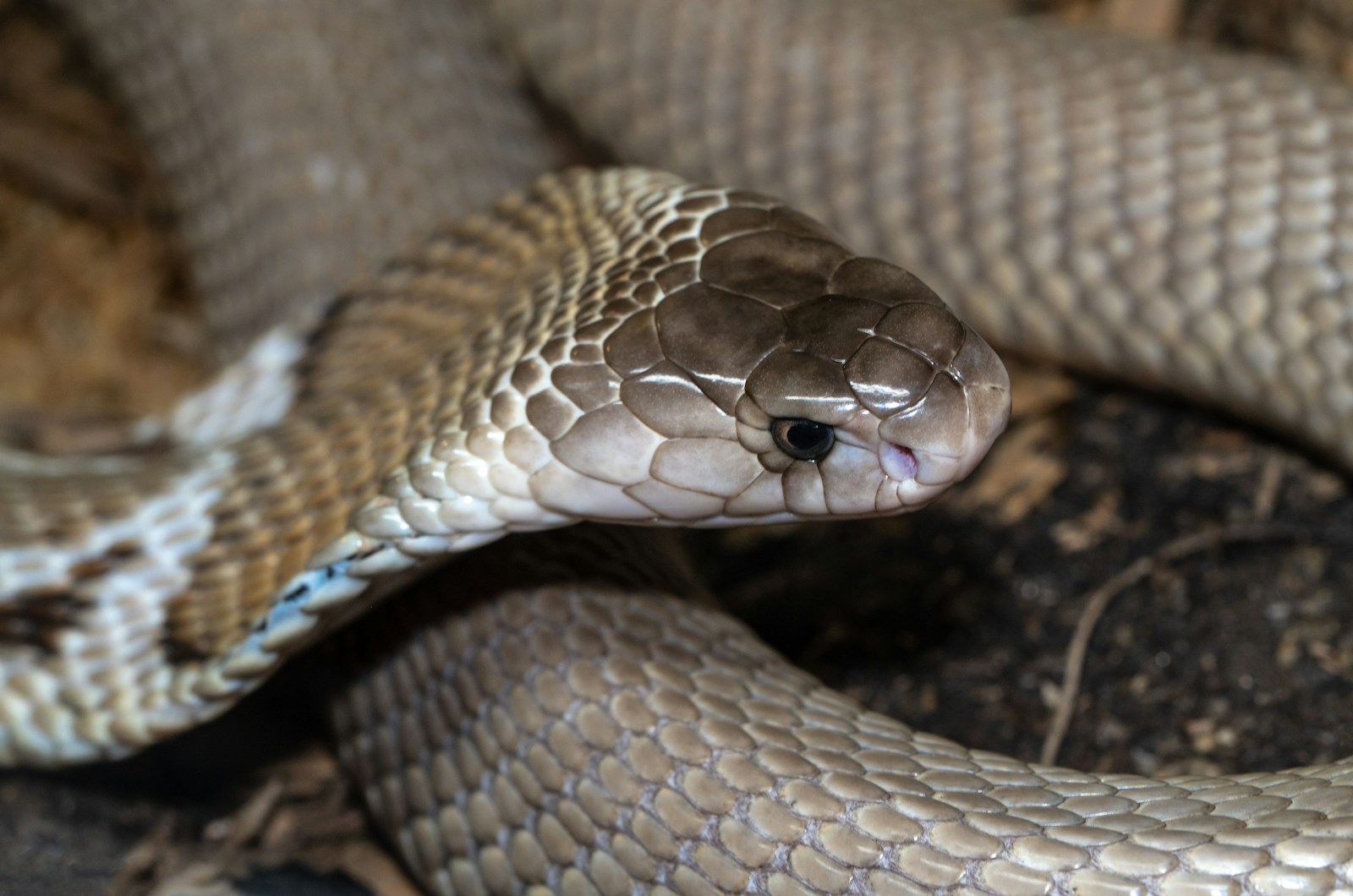
For gardeners comfortable with snake presence, several practices can promote beneficial coexistence without encouraging overpopulation. Maintaining designated “wild areas” with rock piles or brush at garden edges provides alternative habitat that may reduce snake activity in actively worked beds. Elevating compost bins with hardware cloth underneath prevents them from becoming permanent snake residences while still allowing occasional hunting visits. Regular garden maintenance that reduces excessive hiding spots, such as trimming ground-trailing plants and removing debris piles, helps manage snake populations without eliminating them. Many gardeners find that establishing predictable patterns of noise and movement during garden work gives resident snakes time to retreat, reducing startling encounters and creating a comfortable balance for both human and reptile garden users.
Humane Deterrence Methods
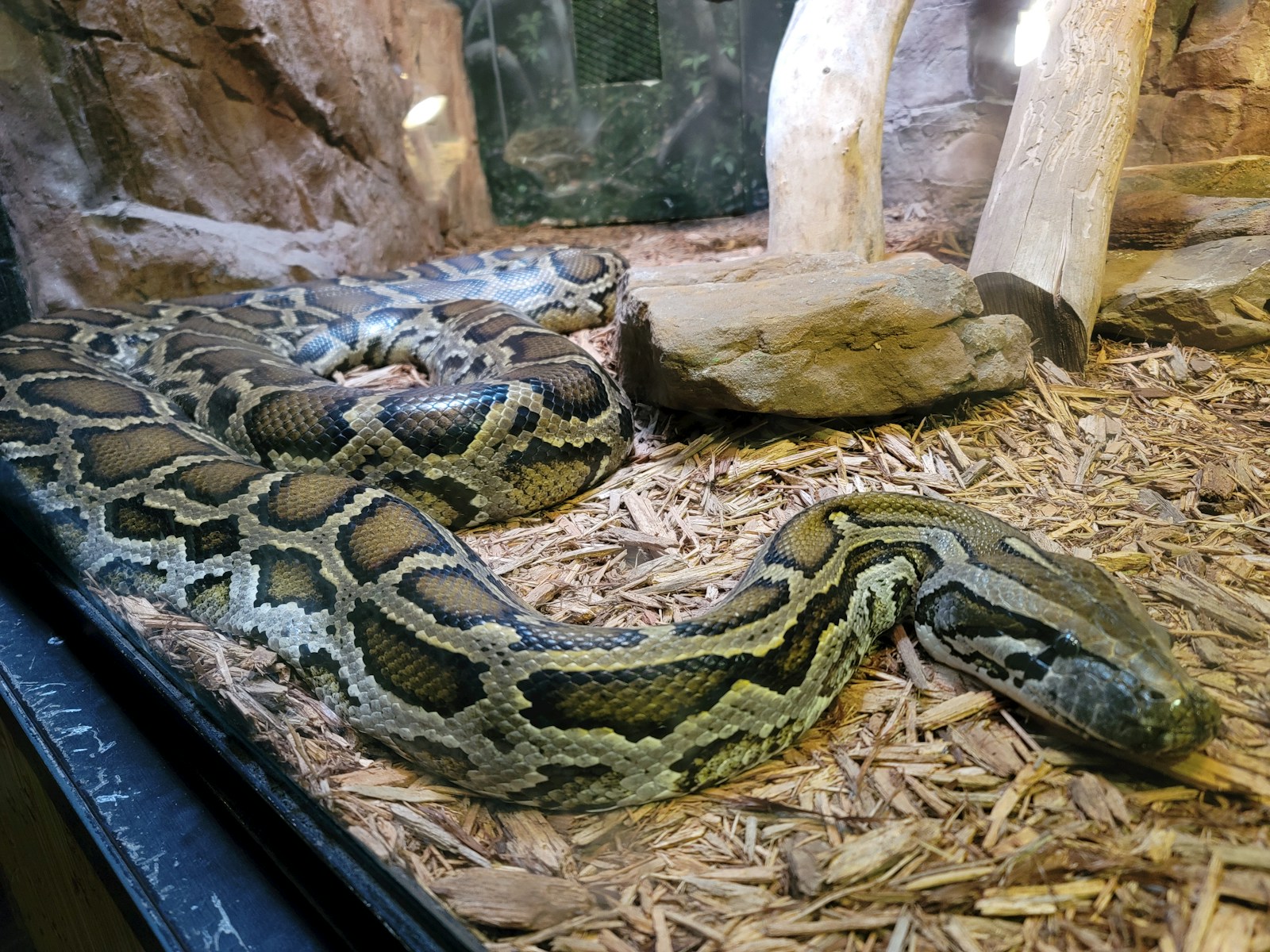
For those who prefer fewer serpentine encounters, several humane deterrence strategies can reduce snake attraction to garden areas. Installing fine mesh fencing (¼-inch hardware cloth) that extends 6-12 inches below ground creates an effective physical barrier that prevents snake entry while allowing beneficial garden activities to continue. Strategic placement of materials snakes find uncomfortable to cross, such as sharp-edged mulch materials, crushed eggshells, or commercial snake repellents containing essential oils like clove and cinnamon, can discourage casual exploration. Modifying compost management by using enclosed tumbler systems eliminates the ground-level access snakes prefer while still producing valuable garden amendments. Regular vibration from human activity also naturally deters many snake species, making frequently visited garden areas less appealing than quieter, undisturbed spaces.
Addressing Common Misconceptions
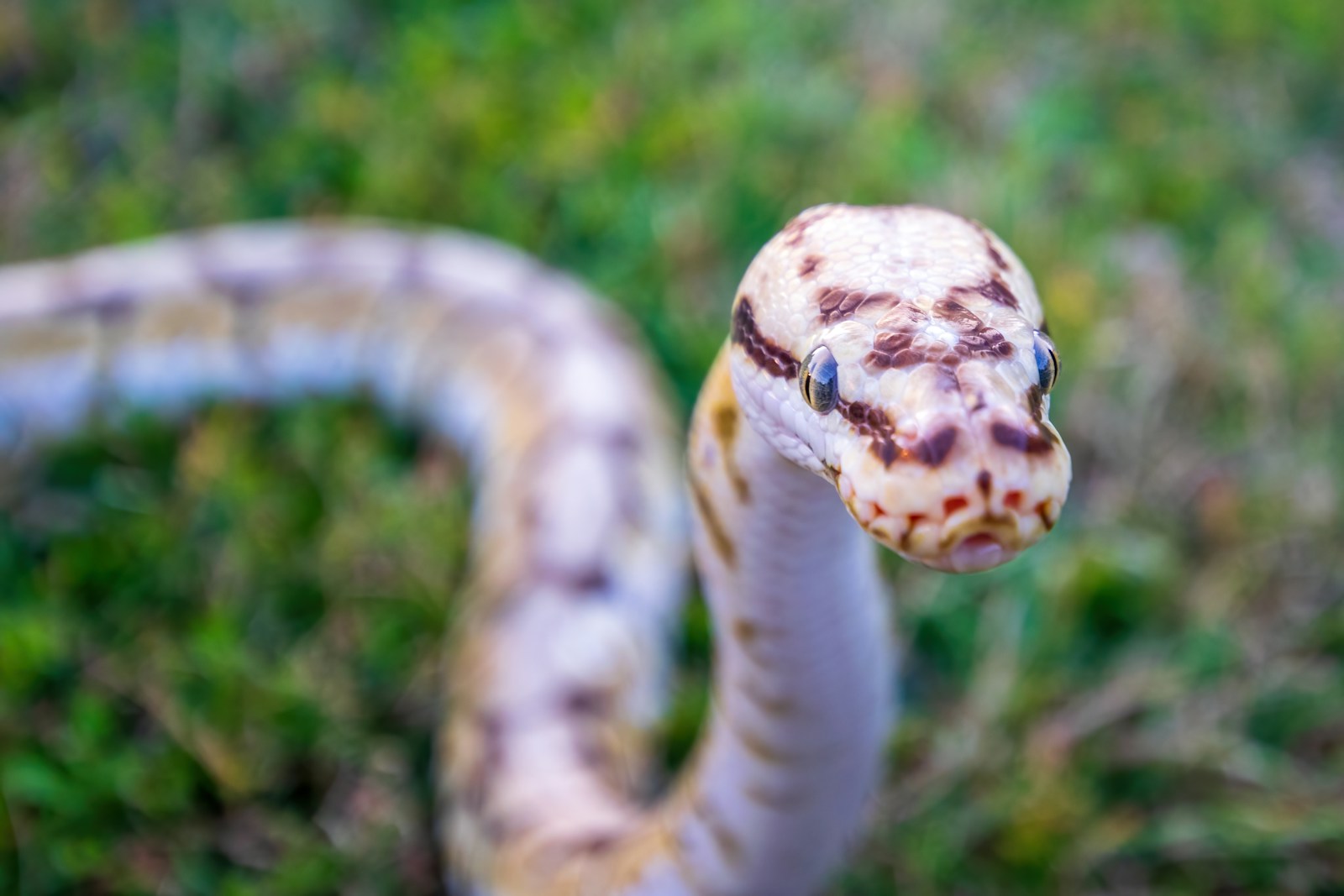
Many gardeners’ reactions to snake encounters stem from misconceptions that unnecessarily heighten fear and lead to harmful management decisions. Contrary to popular belief, the vast majority of garden-visiting snakes in North America are completely harmless to humans, with less than 20% of U.S. snake species being venomous, and most of those avoiding human habitation. Another common myth suggests snakes are attracted to gardens to eat vegetables or fruits, when in reality, all snakes are strictly carnivorous and incapable of digesting plant material. The misconception that snakes are aggressive toward humans particularly damages conservation efforts, as most defensive behaviors occur only when snakes feel cornered or threatened, with their strong preference being to escape human interaction altogether. Understanding these facts helps gardeners respond more appropriately to snake presence, recognizing most species as beneficial partners rather than threats.
Conservation Considerations
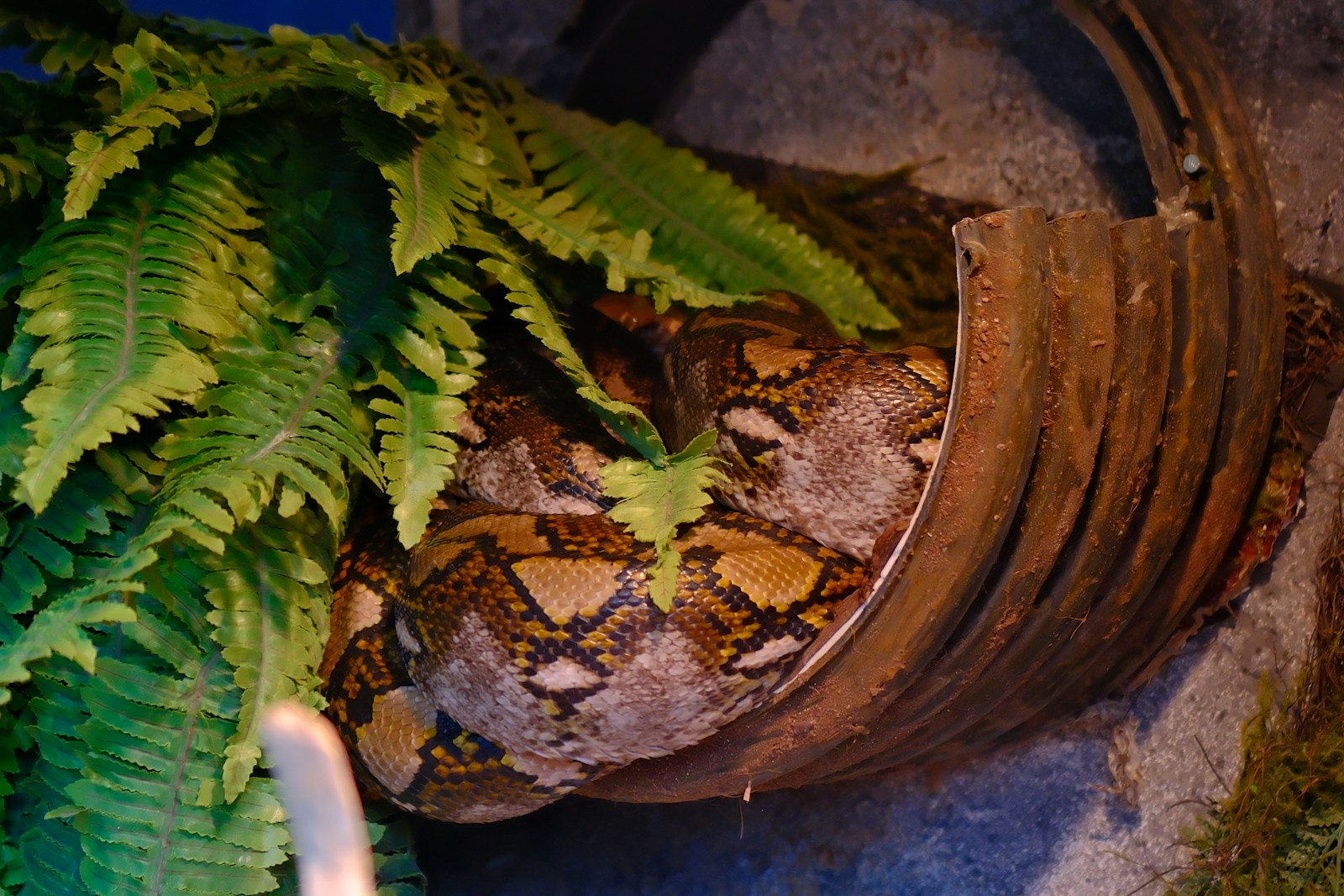
Many snake populations face significant challenges from habitat loss, climate change, and deliberate persecution, making garden habitats increasingly important for conservation. Native snake species fulfill crucial ecological roles in controlling pest populations and contributing to biodiversity that benefits entire ecosystems beyond the garden boundary. Gardeners who tolerate or encourage appropriate snake habitat support conservation efforts while receiving the benefits of natural pest control services. Educational outreach about identifying local snake species, understanding their ecological value, and practicing appropriate response to encounters can transform community attitudes toward these often-misunderstood reptiles. By recognizing garden snakes as indicators of a healthy, functioning ecosystem, gardeners become important partners in protecting these vulnerable species while enhancing their own growing success.
Conclusion
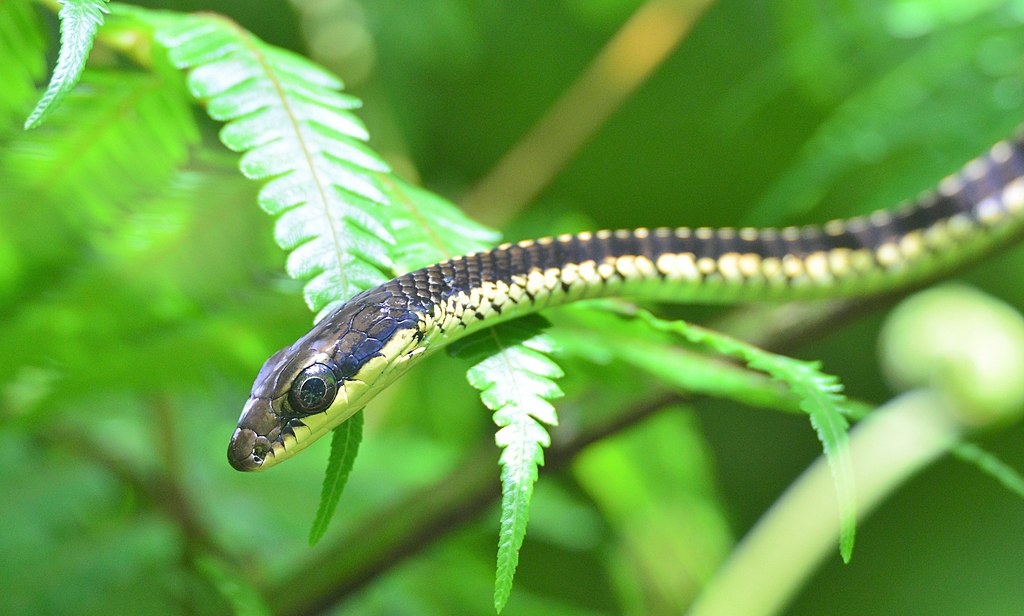
The relationship between snakes and garden environments represents a fascinating ecological connection that benefits both the reptiles and, often, the gardeners themselves. By understanding why compost piles and garden beds attract these creatures—from food abundance and shelter to temperature and moisture advantages—gardeners can make informed decisions about management strategies that align with their comfort levels and gardening goals. Whether choosing peaceful coexistence for natural pest control benefits or implementing humane deterrence to reduce encounters, appreciating the ecological role these animals play helps promote more sustainable gardening practices. As we continue creating green spaces in increasingly developed landscapes, recognizing why certain wildlife, including snakes, gravitates toward our gardens helps us become better stewards of the natural world, even within our own backyards.

